- Tuesday, 21 October 2025
Thanatourism: Revisiting Historical Memories
People perceive war as having a profoundly negative impact on society. Conflict brings about bloodshed, sabotage, and widespread devastation, endangering lives and disrupting peace. Since the dawn of human civilisation, war has been an inescapable phenomenon within the world system. Throughout history, from the Hindu epics of the Mahabharata and Ramayana to various literature, stories of combat, experiences, and strategies used to form human civilisations and states abound.
At the systemic level of international relations, the balance of power among global powers often leads to rivalries and conflicts in the present day. Human civilisation is characterised by a continuum of competition, conflict, warfare, balance, cooperation, and progress. However, conflicts and warfare also offer valuable lessons and insights that can benefit future generations if creatively utilised.
Examples such as Checkpoint Charlie (CC), Genbaku Dome (GD), and the Canberra War Memorial (CWM) illustrate how sites of conflict and war have been transformed into tourist attractions and sources of revenue, a phenomenon often termed "thanatourism." These transformations not only preserve historical memory but also contribute to economic growth and education.
Thanatourism offers a cause-and-effect relationship between war and generation. By carefully managing war sites, the tragic consequences of war transform into powerful educational tools of remembrance. Thanatourism, in my opinion, is a country-created soft power resource with severe hard power implications and powerful soft power for painful bloodshed.
Being a student of International Relations and Diplomacy, I got the opportunity to visit CC, GD, and CWM physically. These historically painful war points stand as symbols of awareness, hope, and creative showpieces for the rest of the world's leading tourism diplomacy.
Checkpoint Charlie (CC)
CC was a well-known crossing point between East and West Germany during the Cold War, located in Berlin. It became the most iconic symbol of the Cold War and the division of Germany, representing the separation between the Soviet-controlled East Germany and the American-controlled West Berlin. There was an ideological and physical divide between the communists and the capitalists. It was a place of several dramatic confrontations between America and the Soviets, which frequently appeared in news reports, films, and literature, further implanting public consciousness as a symbol of the Cold War tensions. It was the key symbol, or “epicentre of the Cold War,” for decades.
Now, the site is preserved as a historical reflection of the Cold War for researchers and visitors. The Berlin Wall Memorial and East Side Gallery, alongside CC, attract visitors to learn about the division of Berlin in a geopolitical context. It is a major tourist destination in Germany. According to professors John Schofield of the University of York and Axel Klausmeler of the Berlin Wall Foundation, about 4 million tourists visit CC per year, which is more than three times the annual number of foreign tourists in Nepal. It serves as a historical landmark and a tourist destination. Recently, President Ram Chandra Poudel also paid a visit there.
Genbaku Dome (GD)
This is the atomic bomb dome in Hiroshima, Japan, and the most recognisable symbol of the destruction caused by the atomic bombing during World War II on August 6, 1945. It is surrounded by several monuments, memorials, and museums dedicated to the victims of the incident and promoting world peace.
GD was Hiroshima Prefectural Industrial Promotion Hall before the attack, and one of the few buildings left partially. The skeletal structure remains a symbol of the devastating impact of an atomic bomb. In 1996, it was designated a UNESCO World Heritage Site. The site has become a global icon for peace and nuclear disarmament, frequently visited by dignitaries and world leaders advocating a nuclear weapons-free world. On each August 6, authorities hold a peace memorial ceremony for survivors, their families, and international visitors. GD is an emotional reminder of the past and a powerful call for peace and disarmament. About 1.9 million tourists visit per year, and it is an attractive destination for Nepali tourists as well. Prime Minister Puspa Kamal Dahal also paid a visit on August 7, 2022.
Memorial in Canberra
The Australian War Memorial (AWM) is a national memorial and museum in Australia. It honours the Australian armed forces and those who died in wars, conflicts, and peacekeeping operations in Australian history. It is renowned for its comprehensive commemoration of Australian military history, spanning from the colonial period to contemporary conflicts. It is a symbol of the war history of the Australian people.
Now, AWM remains a vital institution for historical preservation, education, and national commemoration and serves as a central site of national memory and pride, offering a space for reflection on the sacrifices made by Australians. It is being converted into a key destination for more than one million tourists in a year.
Overall, thanatourism sites are preserved all over the world, in addition to Germany, Japan, and Australia. Nepal could learn and replicate such practices for tourism promotion, historical preservation, education, and revenue generation.
Lesson for Nepal
Nepal has a rich history of civilisation, marked by state unification and warfare. The conflicts during Nepal's unification, such as Kotparba and Bhandarkhalparba, and tragic events like the Royal massacres, are pivotal for historical preservation, education, and honouring the victims. Nepal also faced separate conflicts with British India and Tibet-China throughout its history.
The country has endured various conflicts during political transitions, including the armed revolution led by the Nepali Congress in the 1950s and the Jhapa Revolution of 1969 led by the NCP (Coordination Centre). These significant historical events should be preserved as part of Nepal's tourism initiatives.
Sites like the accident site of popular leaders Madan Bhandari and Jibraj Aashrit, Nepal's role as the second-largest peacekeeping partner in the UN, and locations affected by devastating earthquakes also hold potential for thanatourism. Additionally, Nepal's experience with the ten-year People's War led by the NCP-Maoists, resulting in significant sacrifices and political transformations, offers valuable lessons for researchers, peace negotiators, and those affected by armed conflict.
Nepal should develop a comprehensive policy, plan, and programme to develop thanatourism sites similar to Checkpoint Charlie, Genbaku Dome, and the Australian War Memorial to boost revenue generation. Learning from successful sites like these is possible, but it requires civil society pressure campaigns to compel the government, political parties, and stakeholders to act.
(The author is pursuing a PhD in International Relations and Diplomacy at TU.)



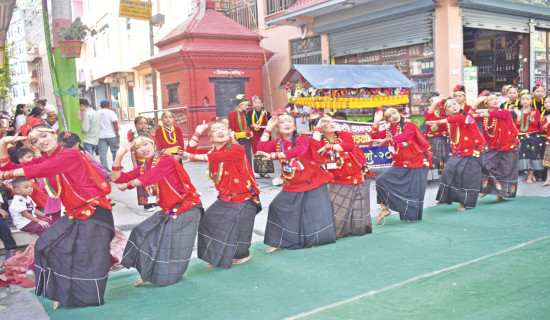
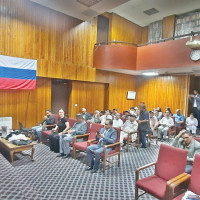
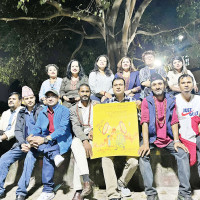
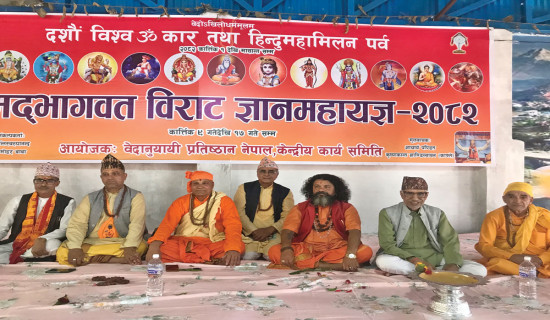
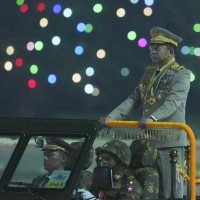

-original-thumb.jpg)







